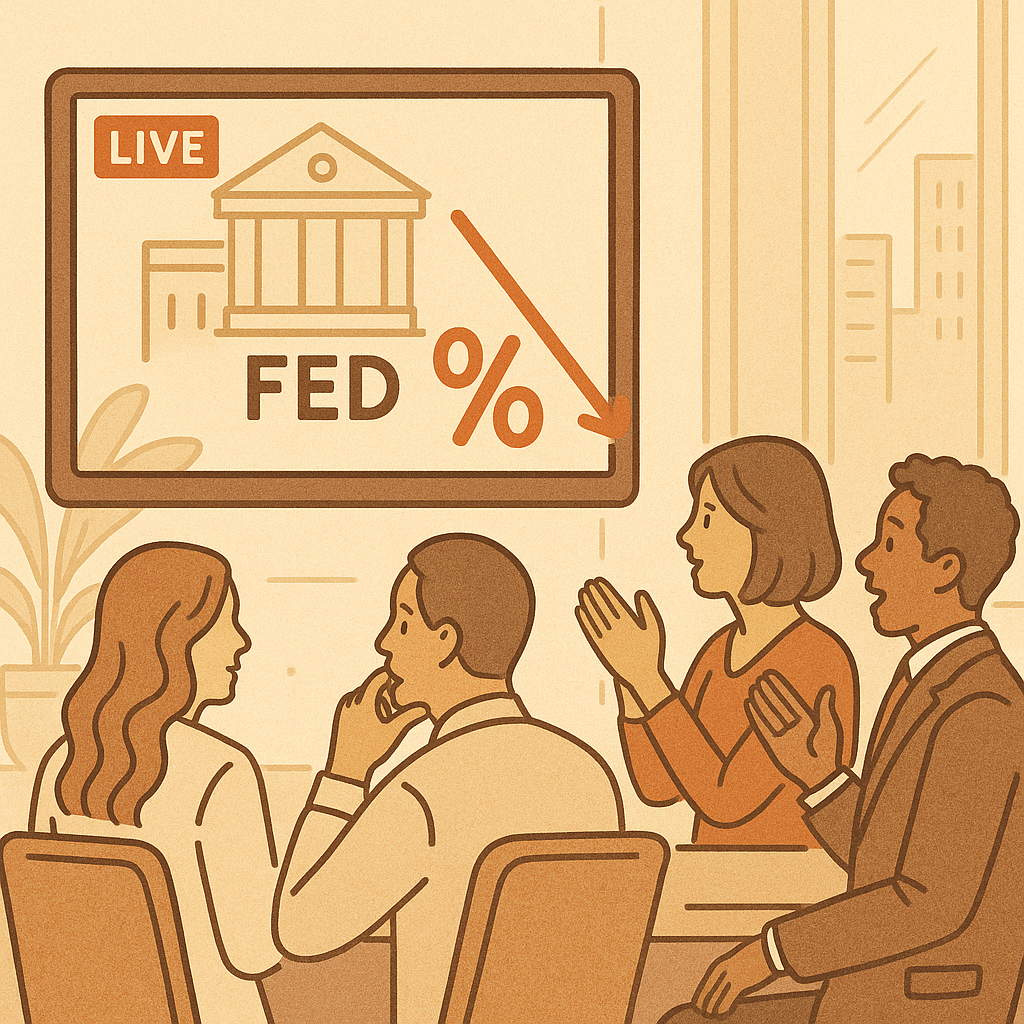Blog
Does the Alternative Investment Market Actually Need an Interest Rate Cut?

07/09/2025
Here at 9AT we, obviously, would like to see the alternative investment industry thrive and grow.
So, the additional interest rate cuts that we, and many others that we talk to - whether we’re out and about at industry conferences, or just during the course of our working week – were hoping for at the beginning of the year, which should, other things being equal, support fundraising and deal activity, are yet to materialize.
Ignore the politics for a minute and let’s look at some of the data. The most recent jobs data published at the beginning of the month showed nonfarm payroll up by 147,000 in June, which is in line with the average monthly gain of 146,000 over the prior 12 months. And job data for April and May have been revised upwards since the original data was released for those months.
So, more Americans now have more money. That is not a recipe for lower rate expectations.
Next, inflation. While inflation rates have plateaued to around 3% - regularly less – since the middle of 2023, the rate has ticked up in the past couple of months which could give hawks more reason to resist President Trump’s calls for a 300 basis point cut.
Again, that is hardly a leading indicator for a rate cut.
But does the alternative investment industry need one? Hedge funds could well point to the first half of 2025 being good – the HFRI is up 3.77% year to date and 8.54% in the last 12 months. Part of the reason for the good performance so far could be market volatility, which is generally a tailwind for hedge funds (or is supposed to be). And the returns in the ZIRP environment of the post-GFC decade certainly weren’t amazing (on average).
And higher rates are a tailwind to certain private credit strategies as well. Many loans by private debt funds are floating rate, so the higher the interest rate, the higher the IRR (let’s ignore the higher risk of loans becoming non-performing for now).
And demand for private credit is set to continue, according to HSBC, to the tune of $3trn in the next three years. And McKinsey says that private markets generally are set to see greater allocations from limited partners in the coming year.
There is no doubt that lower rates support fundraising in alternatives as investors look for investments that can generate an acceptable yield. And lower rates support increased activity in private equity as the cost of financing deals falls.
But lower rates support zombie companies, whereas higher rates do not. And higher rates help to separate the great from the good in the sense that a higher-cost regime makes a private markets fund or a hedge fund really earn their fees by delivering good performance in a more challenging environment.
What happens with interest rates remains to be seen, of course. But from the conversations we have been having, we don’t think that the lack of a rate reduction so far this year has been a significant drag on the alternative investment industry.
Editor's Picks:
- Hedge funds seek to expand into private credit
- Private Credit Can Bring Risk Along With Liquidity to Commercial Property Finance
- Trump reportedly preparing order to open 401(k) plans to private market assets
- The Office Market Recovery is Here, Just Not Everywhere
- Why AI will eat McKinsey’s lunch — but not today
 Previous
Previous